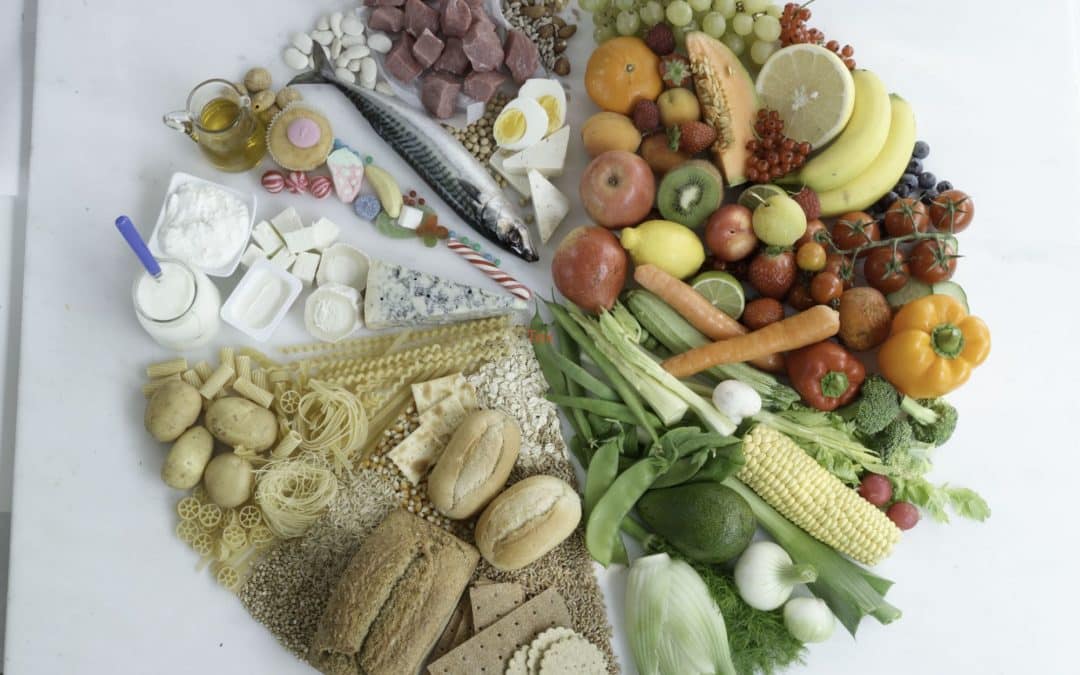The Food and Drug Administration recently published a proposed regulation to redefine “healthy” as an implied nutrient content claim for food. The proposal revamps the criteria a food must meet to qualify for use of the claim “healthy” (or variants of that term, such as “healthier,” “healthful”) in a nutritional context. If this regulation is finalized, the industry will have three years to comply.
FDA’s proposal seeks to update the rules on “healthy” labeling to better align with nutrition science and the Federal Dietary Guidelines. The existing regulation at 21 CFR 101.65(d) as enforced under current FDA policy allows “healthy” to be used as an implied nutrient content claim only if the food: (1) qualifies as low in total fat (unless most of the fat is unsaturated) and low in saturated fat, (2) has less than specified amounts of cholesterol and sodium, and (3) provides at least 10% of the daily value for protein, fiber, vitamin A, vitamin C, vitamin D, calcium, iron, or potassium. Under the current approach, a low fat junk food could be fortified with a beneficial nutrient to be labeled “healthy.”
The proposed rule would continue to place limits on the amounts of saturated fat and sodium a “healthy” food may have, but no longer limits the amount of total fat or cholesterol. FDA also is proposing to cap the amount of added sugars “healthy” foods may have. The allowed levels of these nutrients depends on the category of the food product. For example, a fruit or vegetable product labeled “healthy” could not have more than 0% of the daily value for added sugars, while a grain or dairy product could have up to 5% of the added sugars daily value.
FDA’s new approach to defining “healthy” attempts to encourage consumption of nutrient dense foods as part of an overall diet, rather than focus on individual beneficial nutrients. The proposed regulation does this by requiring that foods labeled “healthy” have certain minimum amounts of foods from the food groups identified in the Dietary Guidelines (i.e., vegetables, fruits, grains, dairy, protein foods, and oils). For example, for a vegetable product to be labeled “healthy,” it must have at least a 1/2 cup equivalent of vegetables per reference amount customarily consumed (RACC). (The serving size of a food is based on its RACC, which is defined in FDA regulation.)
In reviewing the proposed regulation and preamble (FDA’s explanation and justification for the rule), the following issues jumped out at me:
Overall, the proposed approach to “healthy” claims makes sense if FDA were simply trying to define the criteria for a voluntary labeling program to identify foods that FDA deems to be healthy choices. And FDA is considering adopting a symbol that the industry may use to identify “healthy” foods. But this proposed rule, like the existing regulation of “healthy” claims, prohibits brands from using “healthy,” or claiming that their foods are “healthier” than other options, on foods that may truly be healthy or healthier but do not meet FDA’s particular criteria.
The proposed regulation applies to “healthy” claims “where there is also implied or explicit information about the nutrition content of the food.” In the preamble, FDA explains that it will consider “healthy” to be an implied nutrient content claim if there is nutrition information other than the required nutrition facts panel – such as a “low fat” or “high fiber” claim – anywhere else on the product label or in the labeling (including a website) of a product. This significantly expands the “labeling” context that FDA will consider in deciding whether an on-pack label claim is an implied nutrient content claim.
Fortified soy milk and yogurt count as foods in the “dairy” group under the Dietary Guidelines and the proposed regulation. Other plant-based milk and yogurt alternatives may qualify for “healthy” claims only if they have similar nutritional content to dairy, which FDA explains as providing “similar amounts of protein, calcium, potassium, magnesium, vitamin D, and vitamin A.” This could disqualify many non-dairy, non-soy milks and yogurts from being labeled “healthy.”
FDA based the minimum amounts of food from identified food groups that a “healthy” product must have on the assumption that people eat 4 times per day. Based on this assumption, it decided that the RACC for each food must supply about 1/4th of the recommended daily amount of food from a food group. This disqualifies foods with small RACCs (e.g., condiments, seasonings, dips) from being labeled “healthy.”
FDA has not explained how a food manufacturer will determine if products have the requisite amount of food groups. This could be complicated for some products. Some of the “food group equivalents” are stated in cups (i.e., by volume) per RACC – e.g., 1/2 cup equivalent fruit. Somehow, manufacturers will need to convert the weights of ingredients in a product’s formula to volume measure in the finished product presumably while accounting for the effects of processing, such as moisture that is lost or gained in the process. Perhaps if the “food group equivalents” remain in the final regulation, FDA will issue guidance on how to calculate them in a product.
FDA’s proposed rule is, for now, just a proposal. In the past, the agency has significantly revised its proposed regulations in response to public comments. Interested parties should submit comments by December 28, 2022.
If you would like our help preparing comments, please contact us for a consultation.

